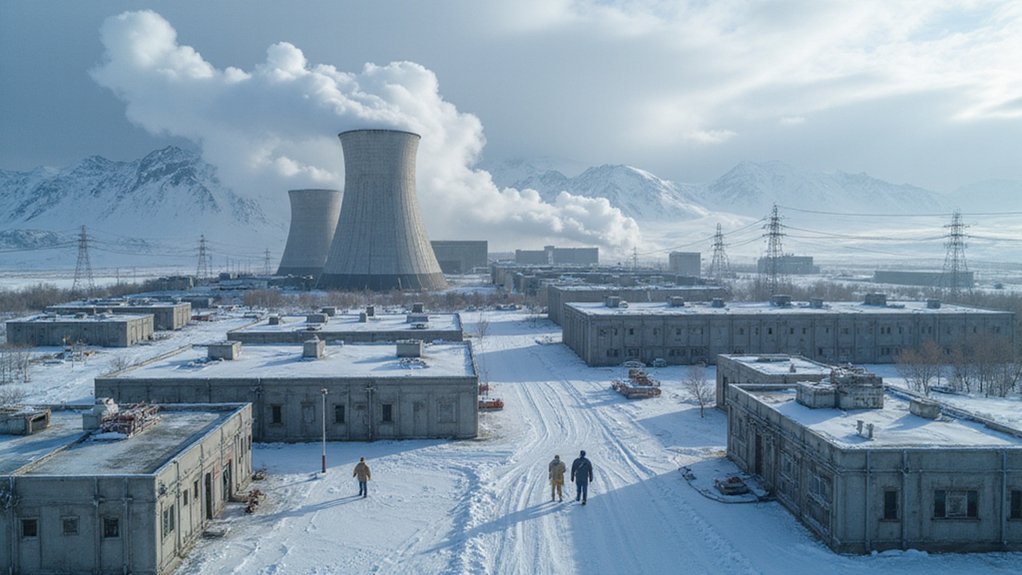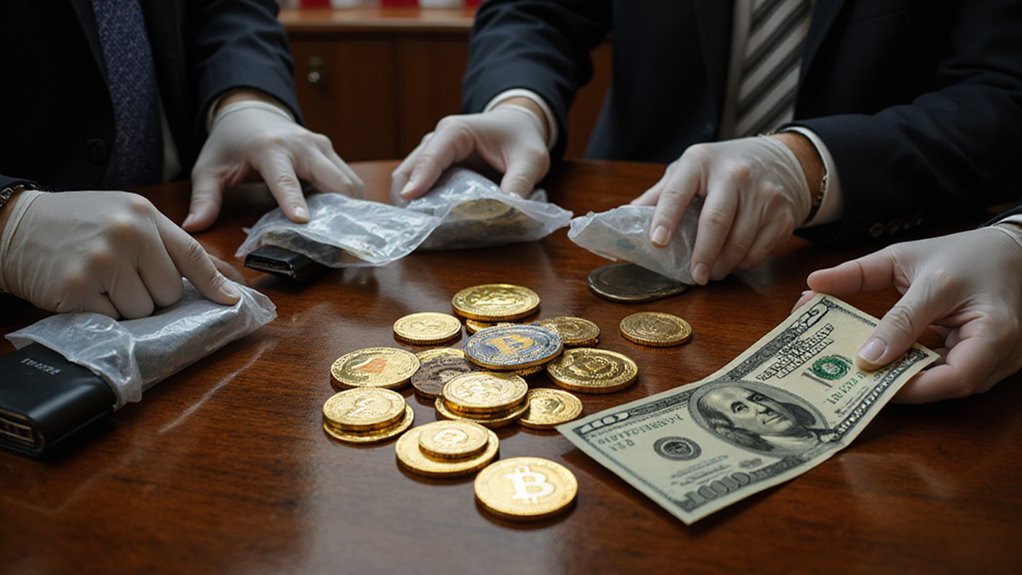While Bitcoin miners extracted approximately $11.2 billion from digital bedrock in 2025—a 7.1% year-over-year increase that would make traditional gold prospectors weep with envy—the industry finds itself at an inflection point where technological prowess, regulatory compliance, and energy politics converge in ways that would have seemed fantastical just a decade ago.
The mathematics are staggering: next-generation ASIC miners now churn through 150 terahashes per second, more than doubling their predecessors’ output while Bitcoin prices surge beyond $110,000. This digital gold rush has attracted unlikely participants, with Pakistan allocating 2,000 MW of surplus electricity to mining operations that could generate 17,000 BTC annually—approximately $1.8 billion worth of cryptocurrency conjured from coal-fired electrons.
Cloud mining platforms have capitalized on this frenzy, expanding 19% in 2025 as retail investors seek exposure without the headaches of hardware procurement and cooling systems that sound like jet engines. The appeal is understandable: why wrestle with ASIC depreciation schedules when algorithmic optimizations have improved mining efficiency by 17% through AI-powered software suites that make CGMiner look quaint?
Yet beneath this technological marvel lurks regulatory reality. Pakistan’s Digital Assets Authority represents a broader trend toward institutional oversight that the International Monetary Fund views with considerable skepticism, particularly regarding energy allocation in resource-constrained economies. The irony is palpable—countries burning fossil fuels to secure a network designed to operate independently of traditional financial systems.
Mining profitability increasingly favors operators with three critical advantages: scalable infrastructure, regulatory compliance, and sustainable energy access. Bitcoin’s network automatically adjusts difficulty adjustments every 2,016 blocks to maintain consistent ten-minute block intervals regardless of the collective computational power. ASIC mining grows less accessible as hardware costs climb alongside electricity expenses, pushing individual miners toward cloud platforms or GPU mining for alternative cryptocurrencies like Ethereum Classic and Ravencoin. Regional disparities in operating costs have become pronounced, with Asia maintaining the lowest expenses at $30,308.38 per Bitcoin compared to Europe’s staggering $142,682.54.
The sustainability question looms largest. Mining operations face mounting pressure to align with environmental goals while optimizing underutilized energy resources—a paradox embodied by Pakistan’s coal-fired mining initiative. Major mining firms are rebranding as digital infrastructure providers, emphasizing data center management over traditional mining operations as they seek to stabilize revenue streams amid market volatility.
Mobile mining applications attempt to democratize participation by lowering barriers, but the fundamental shift toward capital-intensive, institutionally-compliant operations suggests the amateur prospecting days are numbered. The future belongs to those who can navigate both technological complexity and regulatory scrutiny while maintaining sustainable operations.







